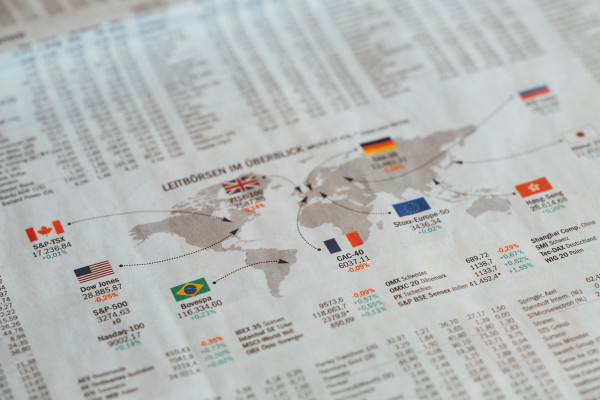With the start of 2021 bringing with it a new lockdown, horrific weather and economic uncertainty, it rather makes the New Year feel the same as the old year.
But investment markets have reacted differently, with safe haven assets such as government bonds and the dollar selling off, while those assets which typically thrive when economic growth and inflation are rising, such as mining and oil company shares, have enjoyed a strong start to the year.
The reasons why investors are increasingly optimistic about markets, and expectant of higher inflation are obvious, with mass vaccination programmes perhaps bringing the pandemic towards its end, at the same time that interest rates are at record lows, and governments are pumping billions into economies.
Sahil Mahtani, a strategist at Ninety One Asset Management, says that given the economic conditions which prevailed in 2020, a spike in the recorded inflation number in 2021 “is inevitable.”
This is because, when year-on-year averages are compared, it is likely that more of the economy will be open this year than was last year, with the result that the level of demand rises in the economy, and prices rise.
Richard Scrope, equity fund manager at Tyndall Investment Management says: “There is a vast amount of pent-up demand within the economy as, while many people have seen their incomes fall, others who have been working as normal throughout, have seen their incomes stay the same while they haven’t been able to spend, so it is reasonable to expect that there will be extra spending when we are allowed to, and given how little inflation there was in 2020, it won’t take much for inflation to rise sharply this year.”
The key data point on the inflation line is called the output gap.

There is a vast amount of pent-up demand within the economy as, while many people have seen their incomes fall, others who have been working as normal throughout, while they haven’t been able to spend
Richard Scrope, Tyndall Investment ManagementEconomies have a potential rate of economic growth which can be achieved every year without inflation becoming an issue. This is known as the trend rate of growth.
Actual GDP growth moves above or below the trend rate constantly, but the trend rate tends only to change as a result of very long-term factors, or as a result of sharp shocks to the system.
If an economy is operating at below its potential rate of growth, this is known as an output gap. If an economy is operating at above its potential rate of growth, then the output gap is said to be positive.











